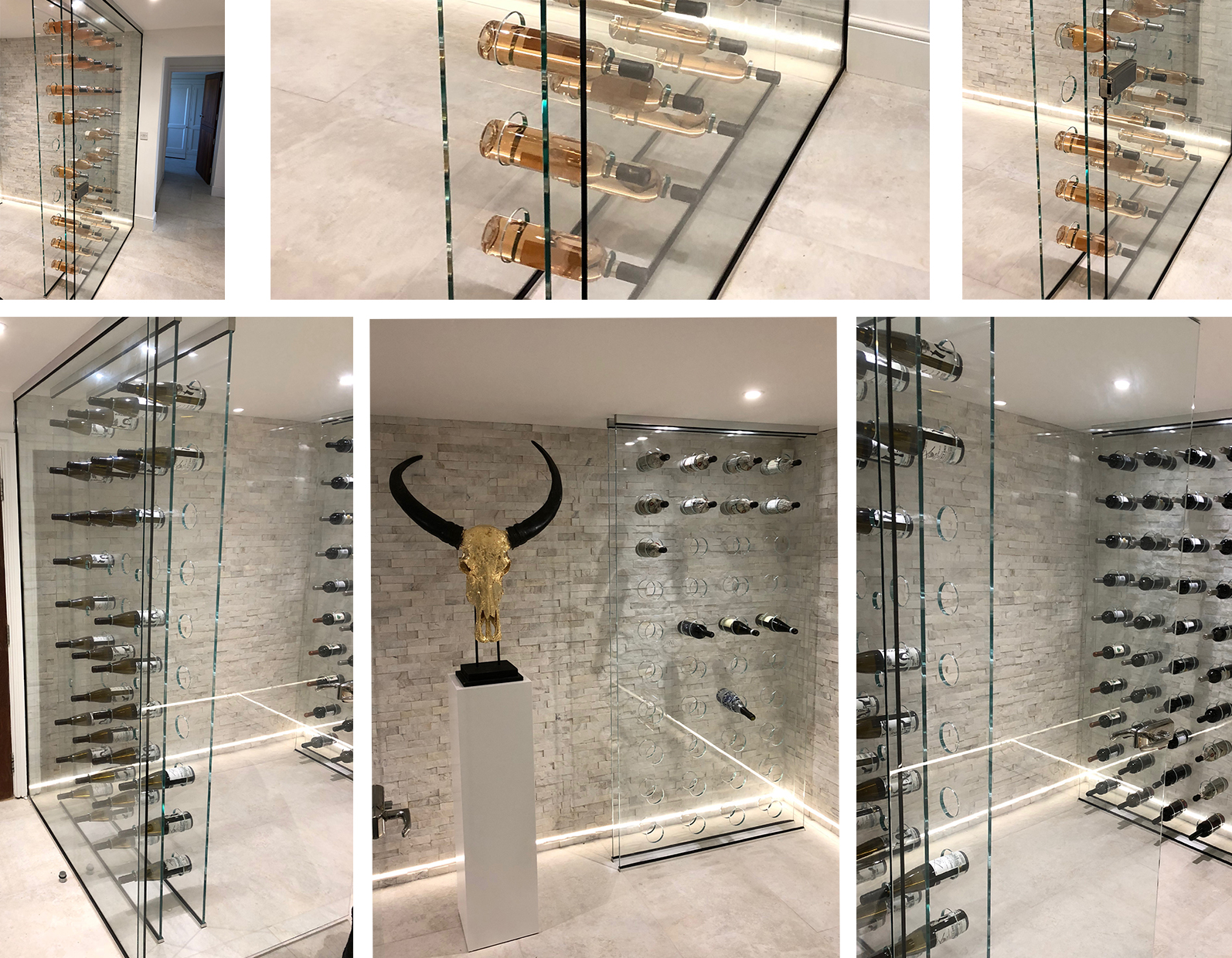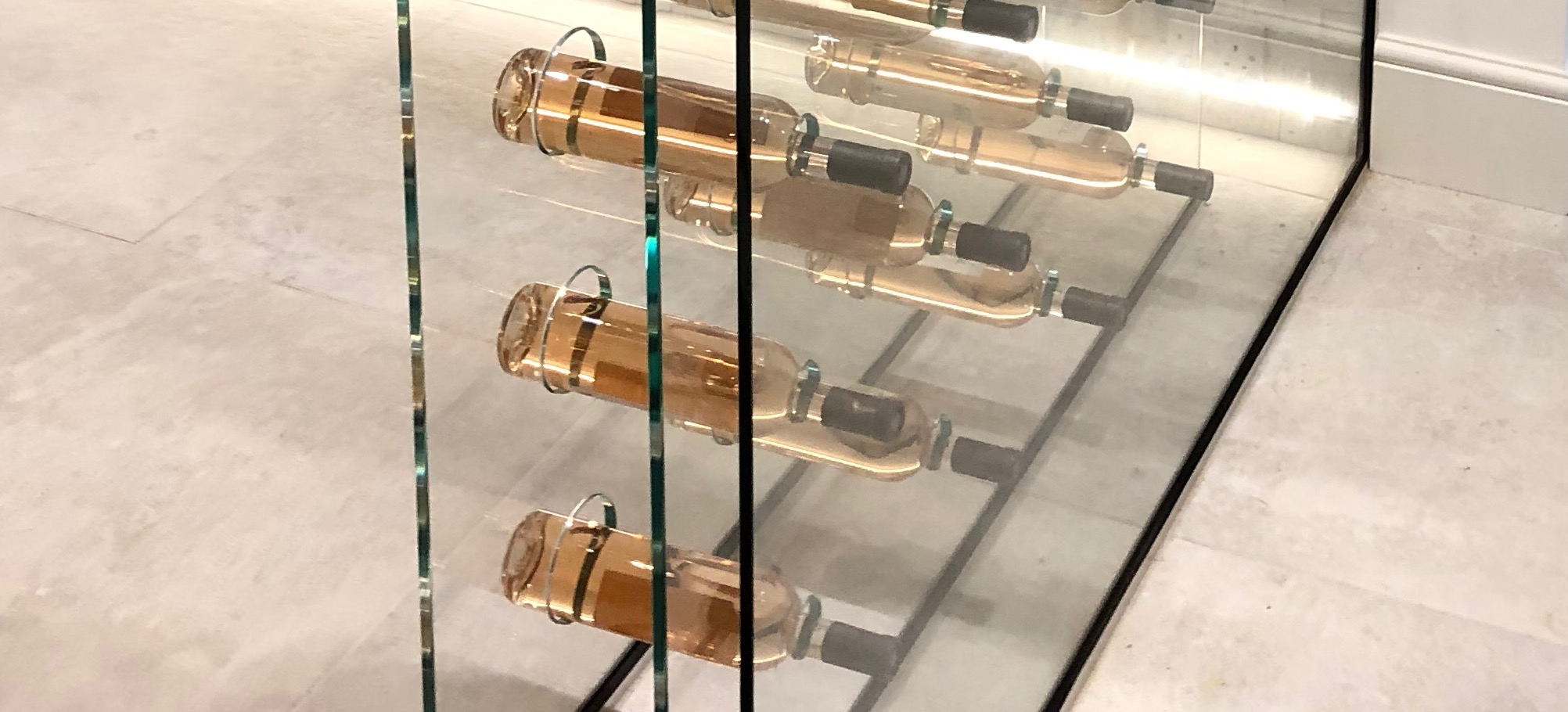When our Exeter branch was approached with a photograph of a glass wine rack and asked “Can you make something like this for us?” their answer was of course. “We’ll have ago”
Several months, lots of head scratching and hard graft later these beautiful, bespoke wine racks are occupying pride of place in our clients home near Salcombe Regis.
Each glass rack holds forty wine bottles and stands floor to ceiling, a height of 2.218m, in purpose made stainless steel channels which hold them firmly in place. Encased by Low Iron (Ultra Clear) glass screening and entrance doors sitting on beautiful, imported, Italian floor tiles, it really is an impressive sight.
Luke Batchelor from our Exeter branch oversaw the project from start to finish. He recalls, “When our client first approached us with a photo from a magazine showing a Glass Wine rack our first reaction was, wow! The original rack was made entirely of glass by a specialist, US, wine rack producer. We looked at it and thought yup we can do that”.
Luke continues “Working closely with our client I did the initial drawings then made templates using boarding with holes cut out. We were then able to see the scale of the work involved. These were going to be big wine racks”
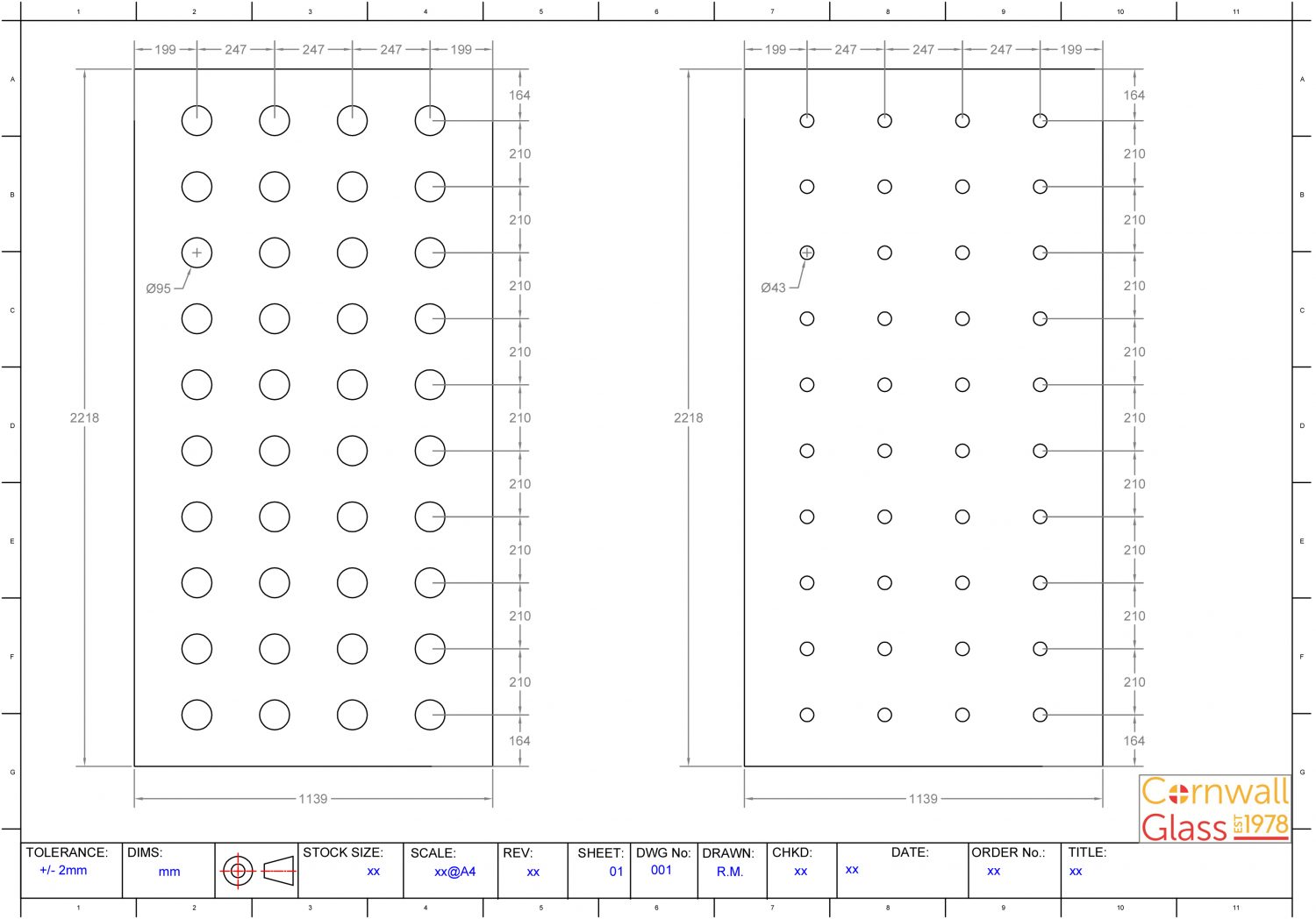
The templates were then sent to our St Austell factory where CAD drawings were produced. These drawings enabled our CNC machine to cut a total of 320 individual, exact, circular cut outs in each sheet of 12mm glass. The interior of each circle was then polished on the CNC to leave a very shallow ridge finish.

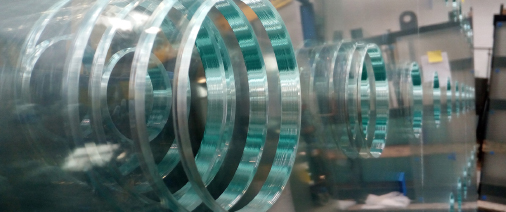
The next process was toughening. This process heats the glass in a specialist toughening oven before cooling it in a controlled environment. The toughened glass can withstand greater temperatures, impact and stress than untreated float glass. As an extra precaution, bearing in mind the function of the glass, a specialist Heatsoak process was also carried out. Heatsoaking essentially requires for the glass to be heated to 290°C, and left for a time long enough to fracture a large proportion of the panes which may otherwise fracture in service. It is a process recommended for glass used in high risk areas where breakage may result in serious injury; sloping overhead canopies, bolt fixed structural glass assemblies and free standing balustrading. The risk is greatly reduced but due to the nature of glass it can never be completely eliminated.
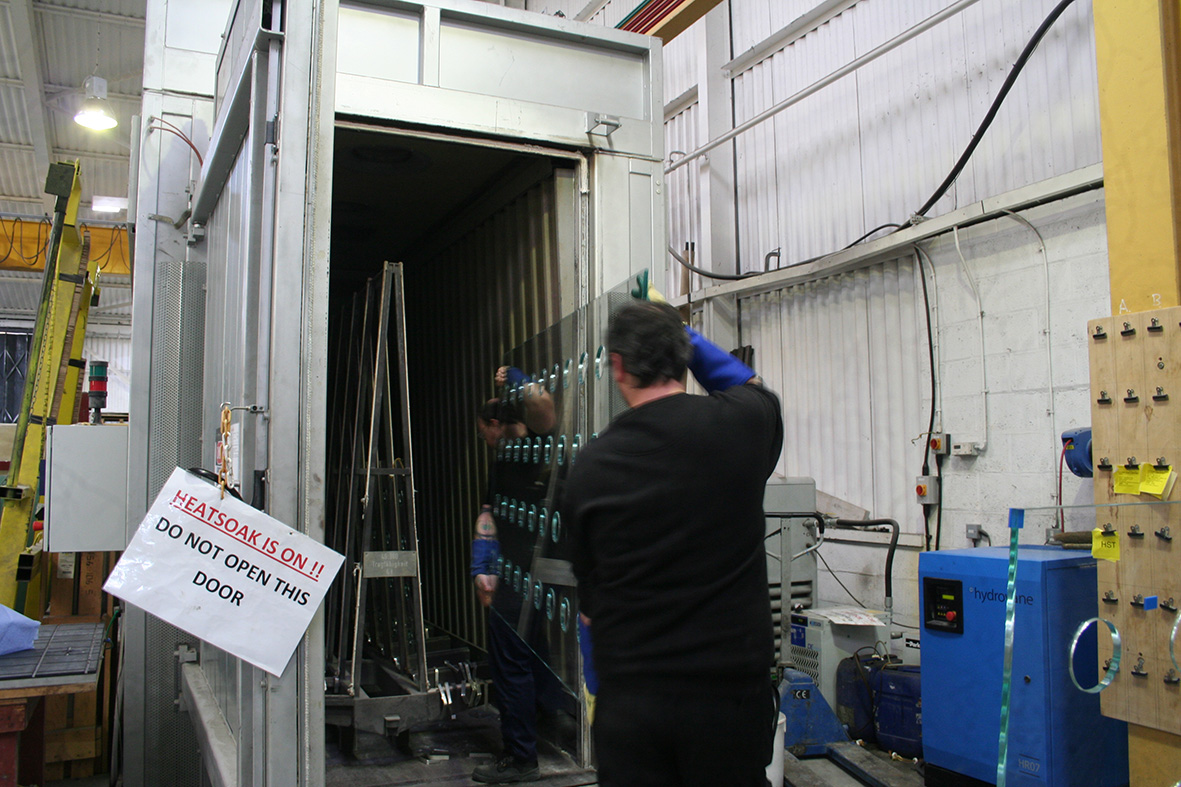
The experience and skill of our glaziers came into their own for the installation. This was a detailed operation which involved painstaking precision to place the glass into stainless steel channels whilst ensuring each hole lined up exactly so the bottles could rest in the correct position.

The end result is a stunning installation of glass engineering at its best.
Cheers!
